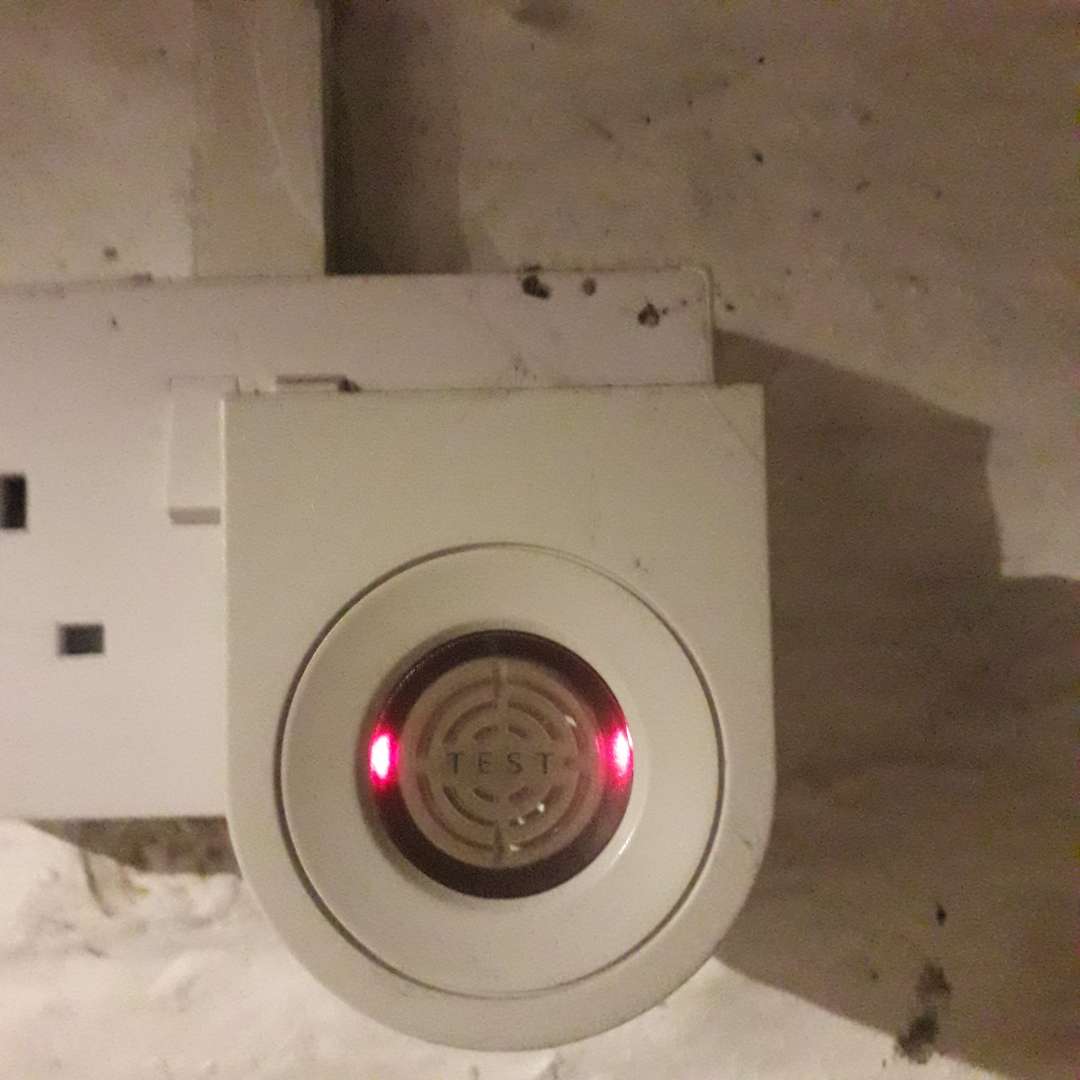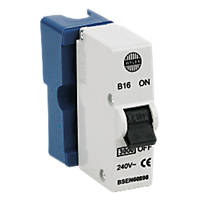Hello,
I'm new to the forum and have been having a read, but I think I don't know quite enough to be able to find the right threads to answer my questions. So I'm posting here.
I've recently bought my first house, and now I'm paranoid about everything, since it's started to sink in that it's all my responsibility! I apologise in advance for the length - I'm wordy at the best of times and I also don't have any idea what I'm talking about here.
As you can see from the photos, this is the setup I've got. I'd never actually seen a non-circuit breaker board before (and I'm from the US originally where things are Different anyway), so my questions are:
1) Are there any things in particular I should look out for? Just generally... I know I need to get someone out for a periodic inspection, but I can't right now. It's probably the first thing on my to-do within the next six months list, though.
2) I want to avoid overloading the system - should I just make sure that anything I may have plugged in and running doesn't go over the max amps listed on each of the fuses? As in the photo, the listing for what's on each one isn't incredibly helpful, so my plan is mostly to just have one thing going at a time (e.g., if washing machine is running, no oven or microwave and maybe no kettle, either).
3) If/when a fuse goes, how exactly do I switch out those fuses? Previously I've only had to find the item that malfunctioned and flip the breaker back to on! I'd also be grateful on what I need to look for in the DIY shops to - is it just called a plugin MCB? Is there any way I can tell beforehand whether I'll be able to just switch the main unit off, pull out the fuse, and plug in the new MCB thing myself or if I'll need an electrician's help?
4) Anyone got any idea what's up with that plug in TEST thing? I thought it might be some sort of add on RCD, but my Google Fu has failed me and I can't find whether that's even a thing or not...
Finally... Do I potentially need to be concerned about that one socket? The previous owner had a fondness for plug in smelly things which seems to have discoloured a lot of the sockets, though none quite like that. Until I get it properly looked at, I'm not using it, though I am using the one next to it (and, after use, it didn't feel at all hot, if that makes a difference).
Thank so much for your help.
I'm new to the forum and have been having a read, but I think I don't know quite enough to be able to find the right threads to answer my questions. So I'm posting here.
I've recently bought my first house, and now I'm paranoid about everything, since it's started to sink in that it's all my responsibility! I apologise in advance for the length - I'm wordy at the best of times and I also don't have any idea what I'm talking about here.
As you can see from the photos, this is the setup I've got. I'd never actually seen a non-circuit breaker board before (and I'm from the US originally where things are Different anyway), so my questions are:
1) Are there any things in particular I should look out for? Just generally... I know I need to get someone out for a periodic inspection, but I can't right now. It's probably the first thing on my to-do within the next six months list, though.
2) I want to avoid overloading the system - should I just make sure that anything I may have plugged in and running doesn't go over the max amps listed on each of the fuses? As in the photo, the listing for what's on each one isn't incredibly helpful, so my plan is mostly to just have one thing going at a time (e.g., if washing machine is running, no oven or microwave and maybe no kettle, either).
3) If/when a fuse goes, how exactly do I switch out those fuses? Previously I've only had to find the item that malfunctioned and flip the breaker back to on! I'd also be grateful on what I need to look for in the DIY shops to - is it just called a plugin MCB? Is there any way I can tell beforehand whether I'll be able to just switch the main unit off, pull out the fuse, and plug in the new MCB thing myself or if I'll need an electrician's help?
4) Anyone got any idea what's up with that plug in TEST thing? I thought it might be some sort of add on RCD, but my Google Fu has failed me and I can't find whether that's even a thing or not...
Finally... Do I potentially need to be concerned about that one socket? The previous owner had a fondness for plug in smelly things which seems to have discoloured a lot of the sockets, though none quite like that. Until I get it properly looked at, I'm not using it, though I am using the one next to it (and, after use, it didn't feel at all hot, if that makes a difference).
Thank so much for your help.







